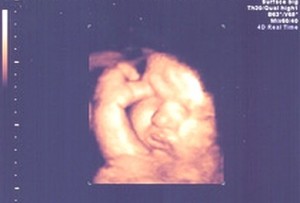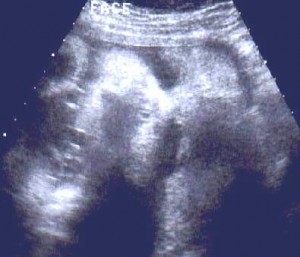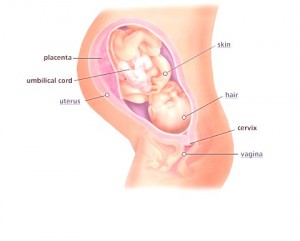A mother being 37 weeks pregnant can proudly say she has a full term pregnancy. A full term pregnancy means that the baby inside her womb has fully developed organs and body parts which can make the baby capable of thriving in the outside environment after he or she goes out the mother’s womb. The 37 weeks pregnant mother must have her pre-natal check up with her obstetrician or midwife weekly to monitor progress of the pregnancy. The health care provider may conduct an internal exam to the 37 weeks pregnant mother. The internal exam serves as a guide whether the pregnant mother will deliver the baby soon.
37 weeks pregnant – what to expect
Reaching the full term pregnancy may give relief, but at the same time overwhelm the mother because she is assured that the baby is already fully developed and she can deliver the baby at any time now. The fetal development at this stage consists of the following:
- The 37 weeks pregnant mother when checked by her health care provider must know that the baby is turning into the cephalic position. This means that the head of the baby is facing down towards the birth canal of the mother. If the baby is not in the cephalic position at the 37th week of pregnancy, the mother may expect difficulties during her delivery.
- The fetus is expected to be 42 to 48 centimeters in length and 1,800 to 2700 grams in weight. At this time the growth of the baby will slow down just enough for the fetus to fit in properly in the woman’s birth canal.
- Since the 37-week old fetus is considered a fully developed baby, his or her body stores a lot of important substances that can help him or her thrive outside the womb. The iron in the baby’s red blood cells can now effectively deliver oxygen to the different organs in the baby’s body. Furthermore, glycogen and carbohydrates build the energy needed by the baby. Lastly, the calcium deposited in the bones makes the baby’s bones grow stronger.
- There is more subcutaneous fat stored in the body to protect the baby from extreme temperatures when he or she is delivered and lives outside the mother’s womb.
- The lanugo covering the baby’s body starts to diminish since the baby is already in his or her full term. Lanugo protects the fetus inside the womb by regulating and keeping the fetus’ body temperature. Since the 37-week old fetus has his or her subcutaneous fat storage, the lanugo may not be needed anymore. It will be ingested by the fetus and stored in the intestines and comprises the meconium or the first bowel movement of the newborn.
37 weeks pregnant- cramping, signs of labor
An internal exam performed on the 37 weeks pregnant mother would reveal the condition of the pregnancy, such as how soon the mother will deliver the baby. One of the revelations would be the changes observed on the mother’s cervix. The cervix is checked for its dilatation and effacement so the health care provider will know if the mother is nearing delivery. If the cervix is fully dilated at 10 centimeters, and fully effaced at 100 percent, then the 37 weeks pregnant mother is ready to deliver.
In addition, the Braxton Hicks’ contraction (false labor contractions) may become longer compared to before and can be felt consistently during this time. There can be a bloody show during this period because of the mucus plug being discharged from the cervix. The mucus plug has a brownish to pinkish color. Also the mother may suffer from cramps, have constant bowel movement, abdominal discomfort and flatulence.
The mother will display the “nesting” behavior which means that there is a sudden burst of energy to do things in the house in preparation for the baby’s arrival. These include cleaning the house, arranging the room for the baby and buying things for the newborn. The 37 weeks pregnant mother must be aware that anytime she can deliver her baby, so she should save up some energy for her labor and delivery to make herself and the baby safe.
Furthermore, the 37 weeks pregnant woman should watch out for a sudden gush of fluid as a sign of labor. The fluid coming out is called the amniotic fluid which comes from the amniotic sac. Once the amniotic sac breaks, the pregnant mother must go to the health care provider immediately because any delay may make the mother prone to complications.
The 37 weeks pregnant mother must be able to prepare herself for the birth of her baby since it is one of the most difficult events a woman may experience. Proper rest and diet should be observed by the mother to supply the energy needed for the delivery of the baby. Preparing herself mentally, such as accepting the baby regardless whether the expectations of the baby are met or not, should be done to avoid post-pregnancy blues. The most important preparation is readying herself, the family and the environment for the newborn.
37 weeks pregnant pictures



Very helpful information thanks myself and my family super excited.
Having my 5th baby one boy and four daughters!
Another gorgeous daughter can’t wait to meet her.